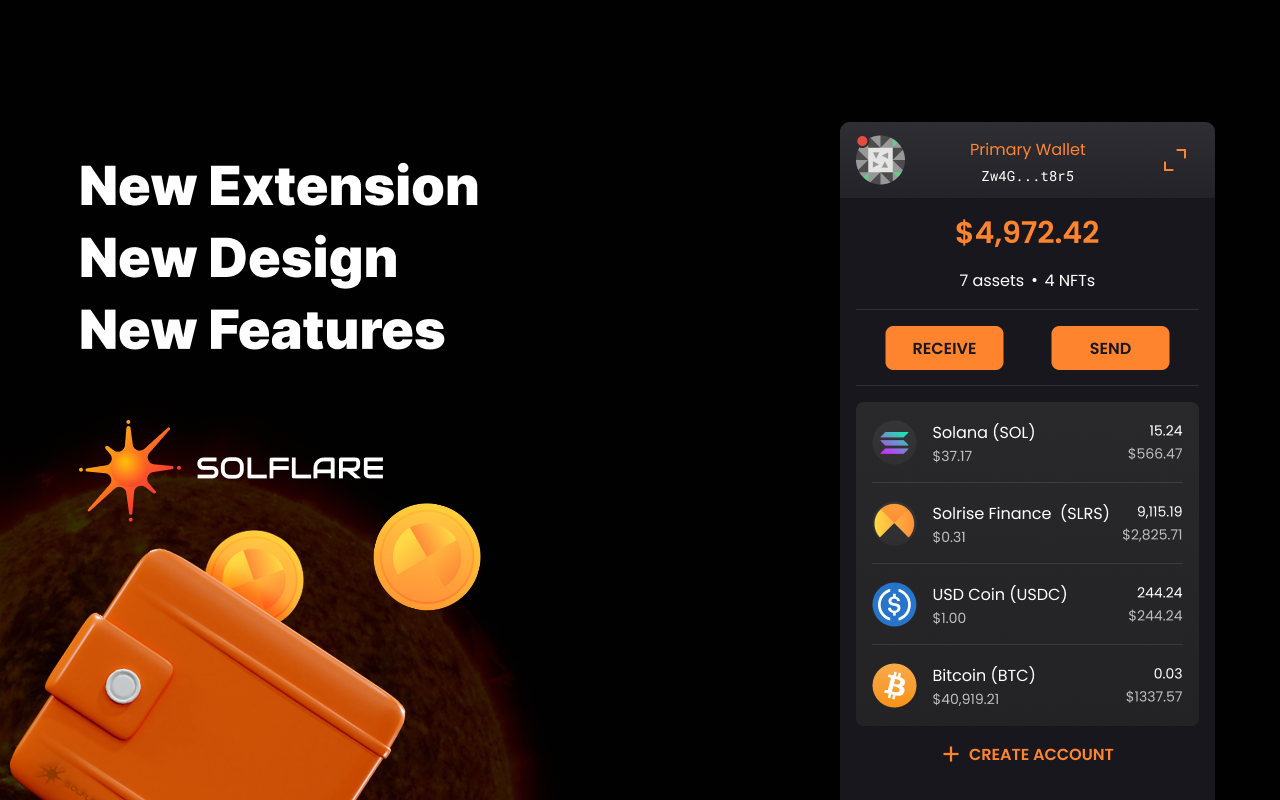Ever jumped into yield farming only to realize your setup was all wrong? Yeah, me too. It’s kinda like showing up at the county fair with a rusty old bike, hoping to win the race. Spoiler: it doesn’t work. Yield farming on Solana promises some juicy returns, but the devil’s in the details—especially when it comes to your wallet and validator choices.
Here’s the thing. When I first started, I thought any wallet would do. Just connect, stake, and rake in rewards, right? Nope. Something felt off about the whole process—like there was a hidden layer I wasn’t seeing. Turns out, the wallet you pick can make or break your DeFi experience, particularly if you’re diving into staking and validator selection.
So, buckle up. We’re gonna talk wallets, browser extensions, and validator trustworthiness. Oh, and I’ll naturally weave in why solflare might just be your new best friend in this wild Solana ecosystem.
But first—
Whoa! The number of options out there is dizzying. Seriously, it’s like walking into a candy store blindfolded. How do you pick the right one without getting overwhelmed or, worse, scammed?
Browser wallets are the gateway to Solana’s staking world, and not all are built equally. Some extensions feel clunky or insecure, while others—well, they just get the job done smoothly, like solflare. I’m biased, but using their extension gave me a real sense of control and security, which is huge when you’re staking real assets.
Okay, a quick detour here. Validators. These invisible gatekeepers validate transactions and keep the network humming. But not all validators are created equal. You want one that’s reliable, transparent, and not out to nickel-and-dime you with crazy fees. Picking the wrong validator? That’s like choosing a shady mechanic to tune your car. You might get burned.
Initially, I thought staking rewards were mostly about the APR numbers. But then I realized it’s also about who’s running the validator node. Some run by legit projects with solid reputations, others by random folks who might disappear tomorrow. It’s a trust game.
Now here’s a kicker: your wallet’s validator selection interface can make this decision easier or a total headache. Browsing through confusing validator stats or barely readable fee structures? No thanks. The solflare extension stands out here. It’s intuitive, showing you validator performance and fees in plain English—no PhD needed.
Really? Yep. And that matters. Because when you’re staking crypto, you want transparency and ease, not guesswork.
On top of that, the extension’s built-in security features are reassuring. For instance, it guards your private keys on-device, reducing exposure to phishing attacks that are way too common in the crypto space.
Hmm… I remember when I first tried another popular wallet extension that kept freezing mid-transaction. Very frustrating. Plus, their validator list was a mess—no real info, just names and random numbers. I ended up switching to solflare, and it felt like upgrading from dial-up to fiber optic internet overnight.
Check this out—

Notice how clean and straightforward the dashboard is? That’s not by accident. It’s designed for folks who want to dive deep but also appreciate simplicity. That balance is rare.
Why Validator Selection Is More Than Just Numbers
Here’s what bugs me about the staking game: everyone talks APRs but barely touches on validator reliability. But if your validator goes offline or acts maliciously, your rewards plummet. Some users overlook that, chasing the highest yields blindly.
On one hand, a validator with 8% APR looks attractive. Though actually, if their uptime is sketchy or fees are hidden, your effective yield could be much lower. Plus, you risk slashing penalties if the validator misbehaves.
So, what’s the better approach? I’d say prioritizing validators with proven track records and transparent fees over chasing the absolute highest yield. It’s like picking a financial advisor—you want someone trustworthy, not just flashy numbers.
And this is where the wallet’s role becomes crucial. The solflare extension lets you see validator uptime, commission rates, and recent performance stats right in the staking UI. That way, you’re not flying blind, which is a huge advantage.
Honestly, I’m not 100% sure how all validators stack up long term, but having this info at your fingertips is a game changer. It nudges you toward making smarter choices rather than emotional bets.
Plus, you can switch validators easily if you spot red flags. This flexibility is key because the Solana network is dynamic—things change fast.
Something else I’ve noticed: staking through a browser wallet extension like solflare reduces friction compared to using CLI tools or desktop apps. No need to jump through hoops or memorize commands. That lowers the entry barrier, especially for newcomers.
Really, this accessibility helps grow the ecosystem. More users staking, more network security, and better decentralization. It’s a win-win.
By the way, if you haven’t checked out the solflare wallet extension yet, it’s worth a look. It’s free, lightweight, and designed specifically for Solana’s unique architecture. Plus, there’s active development and community support behind it, which matters.
Wrapping It Up (But Not Really)
Okay, so here’s the takeaway: yield farming on Solana isn’t just about chasing sky-high APRs. It’s about pairing that ambition with tools that give you transparency, security, and control. A solid wallet browser extension like solflare fits the bill perfectly.
Validator selection isn’t a secondary step—it’s central to your staking success. Choose wisely, watch performance, and don’t get lured by shiny but unreliable options.
At the end of the day, yield farming feels a bit like a rodeo—you gotta hold on tight, pick your horse carefully, and be ready to adapt. With the right wallet and validator combo, you’re more likely to stay in the saddle and maybe even enjoy the ride.
So, what’s next? I’m still exploring how emerging wallet features can make staking even smoother and safer. But for now, I’m sticking with what works. And that’s gotta count for somethin’.